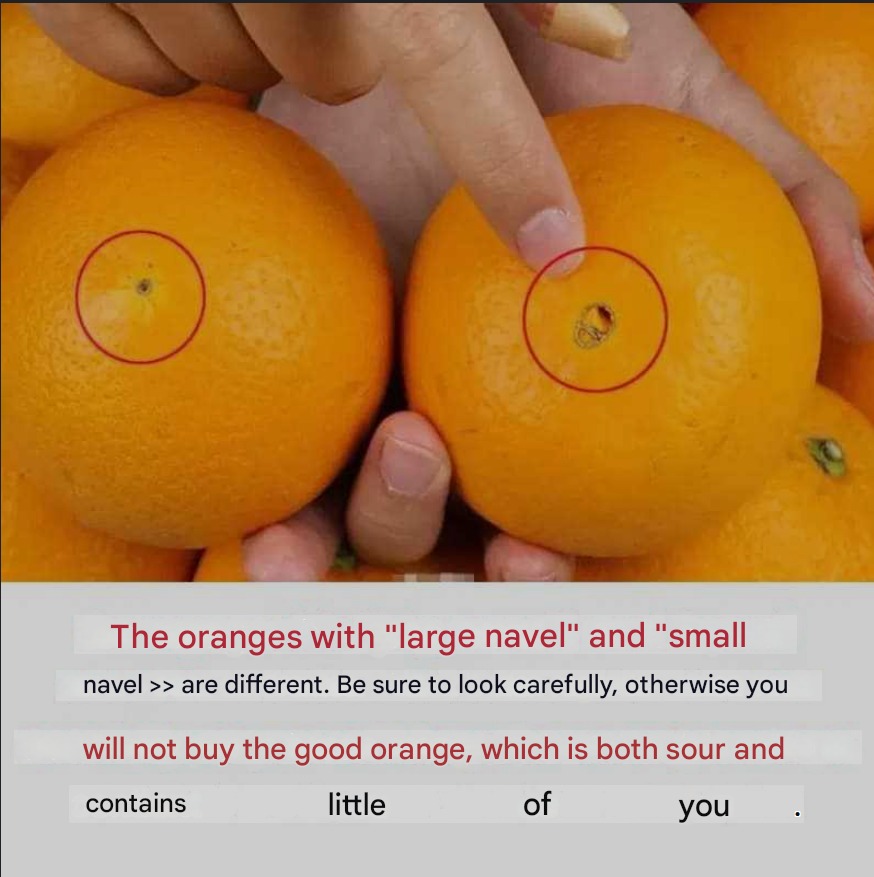ADVERTISEMENT
ougher skin that may require a bit more effort to peel. Small navel oranges generally have thinner skin, making them easier to peel by hand or with a knife.
Why Does the Size of the Navel Matter?
The size of the navel doesn’t just affect the appearance of the orange—it also influences its texture, peelability, and overall flavor. Larger navels tend to indicate oranges that have been grown for a longer period and may have a firmer texture. Smaller navels often correlate with younger fruit that has a tender texture and a juicier consistency.
The size of the navel can also be a marker of ripeness and harvest time. Big navel oranges are usually harvested later in the citrus season, and they tend to stay fresh longer. In contrast, small navel oranges are often available earlier in the season and may not store as long as their bigger counterparts.
Which One Should You Choose?
Choosing between a big navel and a small navel orange ultimately depends on your preferences and needs:
- If you prefer a larger, more fibrous orange that is great for juicing or snacking, the big navel might be the better option.
- If you’re looking for a more delicate, easy-to-peel fruit, a small navel orange may be ideal, especially if you want a sweeter, milder taste.
Both varieties have their own unique benefits, so it’s up to you to decide which one works best for your tastes!
Conclusion
While the difference between big navel and small navel oranges may seem subtle, understanding these distinctions can help you pick the perfect orange for your needs. Whether you’re enjoying them as a snack, using them in a recipe, or squeezing them for fresh juice, both types offer delightful flavors that will brighten your day.
Next time you find yourself in the produce aisle, you’ll have the knowledge to pick the right variety based on the size of the navel and the texture you’re craving. So go ahead, enjoy those juicy, sweet oranges—big or small!
